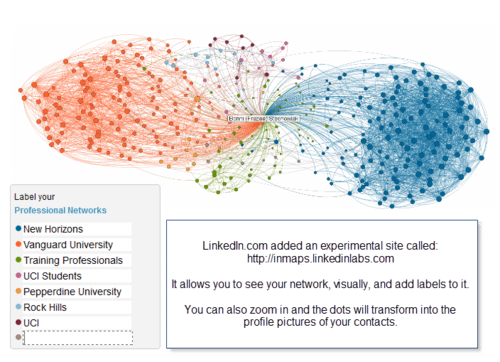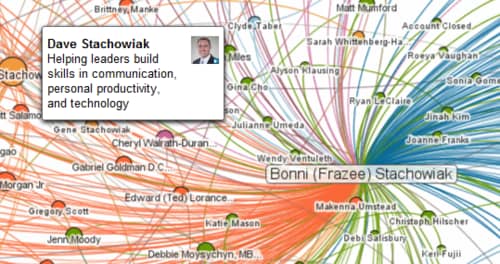Most people don't enjoy learning to use new technology as much as I do and just want it to work “out of the box.” The iPhone application, Attendance, is one of those apps that is super simple to get started with – – and keeps getting better as you learn more, and as the developer adds more features to it.
Visit the Attendance page at:
http://www.dave256apps.com/attendance/
and get ready to make taking attendance and learning student names a whole lot easier.
My method for taking attendance is to have students sign a sign-in sheet as they enter the class. Then, I use the Attendance app during class to randomly call on students to assess how well they are retaining and absorbing the information. After class, I enter the attendance for that day on the iPhone app. Finally, I scan the sign-in sheets for my classes either on my scanner in my home office, or via the scanning app I use on my iPhone (GeniusScan), so I have a digial copy of the signed sheet that can be accessed at a later date, if there is a question as to whether or not they signed in that day.

